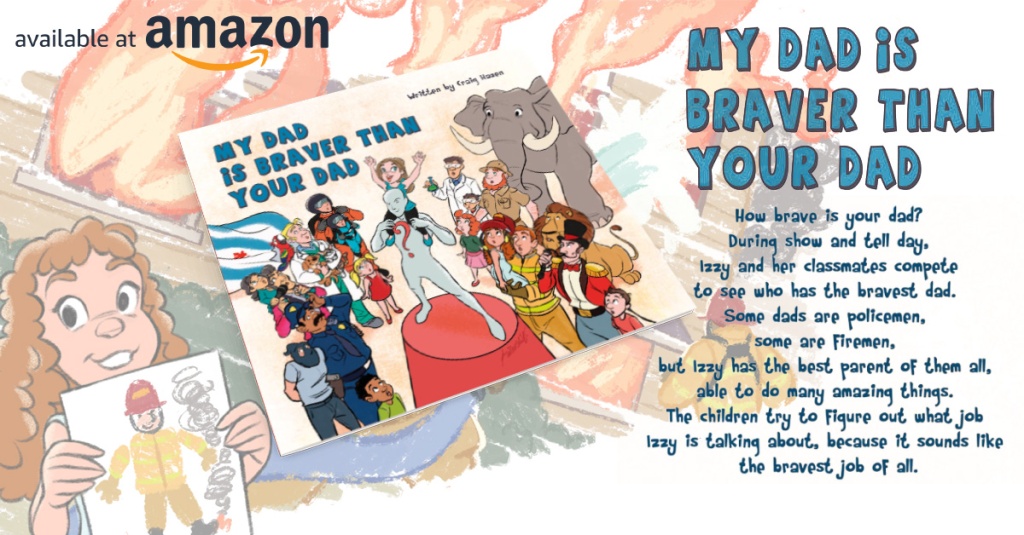 Greetings all parents that are in need of some support, advice or even a hand to hold right now. I’ve been an elementary teacher for over 20 years in California. I can see in my own neighborhood the need to help parents during this time. So, I’ve been blogging all week a free novel study for the first book in my fantasy children’s series, The Lost Secret of Fairies. It’s taken me 12 years to finish the series, and I was able to teach a novel study in my classroom before medical issues made it difficult to continue teaching and I had to retire early.
Greetings all parents that are in need of some support, advice or even a hand to hold right now. I’ve been an elementary teacher for over 20 years in California. I can see in my own neighborhood the need to help parents during this time. So, I’ve been blogging all week a free novel study for the first book in my fantasy children’s series, The Lost Secret of Fairies. It’s taken me 12 years to finish the series, and I was able to teach a novel study in my classroom before medical issues made it difficult to continue teaching and I had to retire early.
Now, I see a need that I can’t let go by, to lend my expertise to help all the parents out there to help with distance learning that has been thrust upon you during the corona virus outbreak. Through a series of blog posts, I’ll offer advice in how to tackle this challenge, starting with tips on how to create a learning environment at home. Many teachers do this, establish the rules and structure of the classroom in the first two weeks of school. And that’s all you need to do at home now. You need to establish:
- routine
- schedule
- school time rules
- reward/discipline system
It might seem crazy, but all these four things need to be in place for a child to learn. Children, and in fact humans, excel at having a routine and structure. Right now your kids have been thrown out of their daily routine and structure. You need to create a new one for them. You might already be realizing this, and may have started to take steps. If you haven’t, you may be wondering why they get easily distracted or want to do something else. Well, let’s get started getting these kids working by getting them into their new schedule by creating it for them.
Step 1: Create a schedule for your child. Work with them to create a new routine that will get them use to their new classroom at home. Have a place that will be their “school area”. I would suggest their already used homework area. They are used to doing school work there already.
Sit down and construct a schedule. It can look similar to the school schedule or they can maybe add when they would like to do different subjects. Choose a period of about one hour to do each subject for children fourth grade and up. For younger children, make a work period for one half hour. Have a work period for reading/language arts and a work period for math. Add lunch to the end of the morning, and have an hour for science or social studies in the afternoon. Or this could even be a choice period, like art, dance or a fun activity. There are a lot of online workshops that seem to be given these days by helpful authors, artists, and others online. Try a search and see what you can find.
Step 2: Once you have a schedule for when Reading, Math and Science/Social Studies/Art will happen, post the schedule in the area where your child works so they know how their day will be structured. You can even add a recess between 10-15 minutes between Reading and Math. You can offer a snack, and your child could play in the backyard or other area nearby for exercise. Many children are used to a recess in the mid-morning, and it helps with concentration. Of course, lunch will be the favorite time slot, I’m sure. Include that on the schedule as well. It will reassure your child that they will be having a similar day that they would have at school.
Step 3: Now, it’s time for the rules. I will offer a simple rules list that can used or you can come up with five rules that your child needs to follow during school time at home. I suggest five since more than this might be hard to enforce.
- Stay in seat/work area for each period.
- If questions, raise hand or use signal.
- Work period is for schoolwork only.
- When work is complete, use supplement materials and learning games until work period is over.
- When the timer goes off, recess will begin.
I’m also including a download of the rules above and a blank version that can be used to make school rules with your child, if you prefer.
At Home School Rules
**Go over each rule with your child. Choose a signal you would like to use. A bell, rattle or something that makes noise is something that is good to use if your child has a question. If you are able to see them as they work, hand raising or some other visual signal will work too.
**Also, having a timer nearby so they know how long they are working will help them get used to their routine. Have materials or an activity they can do if they finish early. It can be a electronic learning device, online tutoring or extra help program, etc. Try to make it fit the subject they are studying as well. I’ll list some helpful support resources at the bottom of this post.

Small marbles or other objects in a jar are a great behavior system to have at home during this distance learning time.
Step 4: Reward/Discipline System
-A great way to motivate your child is to reward them when they do a great job, and have something in place if they are not following the rules. A simple system you can use is a “marble/object in the jar”. Keep a jar or container in your child’s work area. Every time you see your child doing a “Good Job”, put a marble in the jar. Of course, the object could be something like a lego, bean, or or multiple amounts of something you have on hand too.
Set a goal that the child will earn when the jar is full. You can even label it on the jar. Goals can be decided by your child, but approved by you. Suggestions are: extra video game time, gift card, favorite treat, etc. Make the container large enough that it could be filled in a week. Later, you can get a bigger container that would take longer to fill with a bigger goal.
-When your child isn’t following the rules, then you take a marble out of the jar, and they have to earn it back. Remember, they do need to earn the objects to fill the jar more than they lose them to make this all work. Plus, it will give them a structure to regulate their behavior.
And that is about it! This will give your child some structure to help them continue their learning during this crisis. Check with your local school district in how they will be supporting distance learning during the corona virus outbreak. They may already have a schedule for you to follow or have online resources ready for your child.
If by chance, they haven’t been able to organize the materials yet, this will at least give you a structure to get through until you are able to get more resources. Below are some great additional resources that can be used online to help with learning.
Math:
Khan Academy: https://www.khanacademy.org/
Mostly run through YouTube. These videos can be looked up by math concept covered and used to support what is being studied. I used them to introduce concepts in the classroom.
Xtra Math: https://xtramath.org/
Online math fact practice program
Typing: https://www.typing.com/
This was one of the typing online tutorials that helped teach the standard of typing that was part of 4th grade. It’s a great refresher for kids 4th grade and up. Third graders could start this now to get ahead.
**Plus, try doing a search for cursive practice worksheets or for printing. Children from kinder to 3rd grade need to practice their writing. Practicing writing is a great way to add extra activities to reading and language arts if your child needs more in their day or more activities for language arts.
Plus, if you’d like to look over more activities, such as my free novel study, here is the link to the first day of the study and other resources that I’ve written are listed as well.
Reading: First Day of the Lost Secret of Fairies Novel Study
Full FREE online Spooky Story Writing Unit on my blog.
My online store at TeachersPayTeachers with free lessons for writing and literature studies.
I’ll be posting more tips and suggestions next week, along with further days in the Novel Study. Plus, look for more author interviews of featured authors and their books.
We’ll get through this! You’re child will learn and enjoy this new opportunity to learn with structure, a schedule, and rules. And remember, you can do this.
Feel free to post comments or questions below. I’d love to know if this helped and answer any questions you may have.
-Tiffany Turner
Mrs. Turner has been an elementary teacher of 20 years. She has experience teaching in the public school classroom in 2nd, 3rd, 4th and 5th grade. She currently has been working at a local tutoring center for 3 years. She is also the author of a children’s fantasy middle grade series called The Crystal Keeper Chronicles. The Lost Secret of Fairies is the first book in the series and was first published in 2007.




 Greetings all parents that are in need of some support, advice or even a hand to hold right now. I’ve been an elementary teacher for over 20 years in California. I can see in my own neighborhood the need to help parents during this time. So, I’ve been blogging all week a free novel study for the first book in my fantasy children’s series,
Greetings all parents that are in need of some support, advice or even a hand to hold right now. I’ve been an elementary teacher for over 20 years in California. I can see in my own neighborhood the need to help parents during this time. So, I’ve been blogging all week a free novel study for the first book in my fantasy children’s series, 